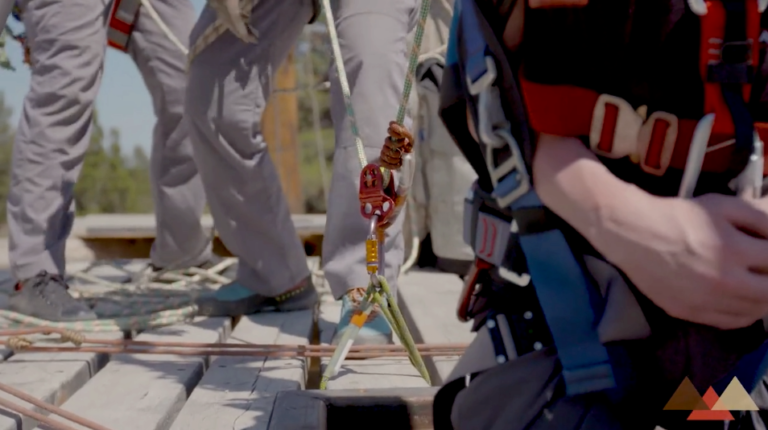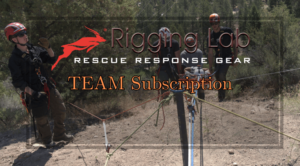Rescue Standby Protects Workers in High Risk Environments
High risk industries demand more than just safety protocols. When emergencies happen, response time is critical. Injuries from falls, hazardous atmospheres, or entrapment require immediate action to prevent serious harm or fatalities.
A rescue standby team remains on-site, ready to act the moment an incident occurs. These professionals specialize in technical rescue, confined space entry, and rope access to ensure rapid intervention where traditional emergency services may be delayed.
Why Rescue Standby Is Essential
Having a trained standby rescue team in place is not just a precaution—it is a necessity for workplaces with hazardous conditions. Key reasons include:
- Faster emergency response – On-site teams eliminate the delay of waiting for off-site responders, reducing rescue time and improving survival rates.
- Specialized rescue skills – Teams are trained in rope rescue, confined space rescue, and fall protection, ensuring the correct response for unique hazards.
- Regulatory compliance – OSHA and industry regulations require standby rescue for confined spaces, work at height, and other hazardous environments.
- Increased worker confidence – Employees are more productive knowing trained professionals are on-site and ready to act.
- Reduced downtime – Quick rescues minimize operational disruptions, allowing work to resume safely and efficiently.
Industries That Require Rescue Standby
Rescue standby is critical in industries where hazards pose an immediate threat to worker safety. Some of the most common sectors include:
Confined Space Entry
Workers in tanks, tunnels, silos, and pipelines face risks like toxic gas exposure, oxygen depletion, and entrapment. A standby rescue team ensures compliance and life-saving intervention when necessary.
Work at Height
Falls from towers, scaffolding, or aerial lifts remain one of the leading causes of workplace fatalities. Rescue standby teams specialize in fall protection and rope access rescues to respond immediately if a worker is suspended or injured.
Construction
High-risk activities involving cranes, heavy machinery, and unstable structures require on-site rescue teams to prevent minor accidents from becoming major incidents.
Industrial Maintenance
Power plants, refineries, and chemical plants pose significant hazards from hazardous materials, high temperatures, and mechanical failures. Rescue standby is crucial for ensuring worker safety in these environments.
Public Events and Large Crowds
Concerts, festivals, and sports events involve crowd surges, medical emergencies, and evacuation needs. Rescue standby teams ensure a coordinated response in crisis situations.
Choosing a Rescue Standby Provider
Selecting a qualified rescue standby service requires careful evaluation to ensure effective emergency response. Look for:
- Certified professionals – Teams should hold industry-recognized certifications in technical rescue, confined space entry, and rope access.
- Proven experience – A provider with real-world experience in high-risk industries ensures competence under pressure.
- Specialized equipment – The right tools, from air monitors to high-angle rescue gear, are necessary for effective rescues.
- Comprehensive training – Teams should conduct regular drills and training to stay prepared for real-world scenarios.
Standby Rescue for Confined Spaces
Confined spaces present unique dangers, including toxic atmospheres, sudden collapses, and restricted movement. A standby rescue team plays a critical role in protecting workers from immediate threats.
Key Responsibilities of Standby Rescue Teams
- Monitoring hazards – Continuous assessment of oxygen levels, toxic gases, and ventilation.
- Pre-entry preparation – Reviewing safety procedures and ensuring proper rescue equipment is in place.
- Immediate response – Rescuing workers in case of entrapment, medical emergencies, or atmospheric dangers.
Benefits of Standby Rescue for Confined Spaces
- Regulatory compliance – Meets OSHA and industry safety standards.
- Reduced rescue time – On-site teams respond instantly, improving survival rates.
- Highly trained personnel – Experts in confined space rescue ensure safe and effective extrication.
- Worker confidence – Employees can focus on tasks knowing a rescue team is ready when needed.
Conclusion
Rescue standby is more than a compliance requirement. It is a critical safety measure that protects workers, improves response times, and minimizes risk. Industries with hazardous work environments must invest in professional standby rescue teams to reduce fatalities, meet regulations, and enhance workplace safety.
If your business operates in a high-risk setting, having a standby rescue team could mean the difference between life and death.










